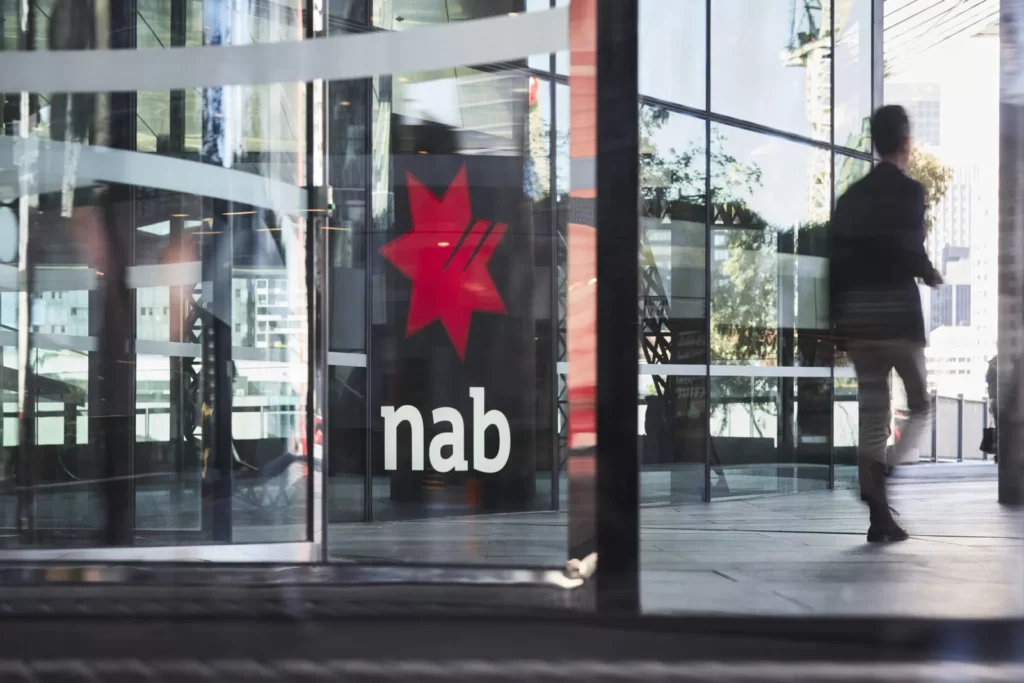During the 2023/24 financial year, Aussie households witnessed their bank fees rise by almost 10% due to the increased use of credit cards and personal loans as the cost of living climbed. The surge of loans and new cards being issued caused banks to record a 5% increase in their fee revenue which was a first in seven years according to the Reserve Bank of Australia’s January Bulletin.
The increase in fees was a reflecting factor of those who were spending money overseas as international travel increased said RBA analyst Robert Gao.

The highly anticipated Reserve Bank (RBA) meeting is just two weeks away from deciding whether to cut, hold or hike its official cash rate, which still stands at 4.35% not having changed since November 2023. Ahead of the meeting NAB has stepped in as the first of the Big Four to cut its fixed interest rates.
NAB’s lowest fixed rate is now at 5.84% p.a., available to owner-occupiers paying principals and interested with a minimum deposit of 20% on a three-year term, although ANZ holds the title for the lowest fixed rate among the Big Four at 5.74% p.a. for a two-three year term loan.
The last time any banks among the Big Four adjusted their fixed rates was in late October of 2024 by ANZ as speculation was about the RBA cutting rates in its early November meeting, although it was held.
Meanwhile, things are looking good for the upcoming meeting as retail spending edged down by 0.1% in December according to the Australian bureau of Statistics although it was way stringer than expected given the black Friday sales boost as well as Christmas November and December.
Sean Langcake, head of macroeconomic forecasting for Oxford Economics Australia, said the signs are showing that consumer spending was turning for the better.
“The economy has moved past the peak in policy settings and is starting to gain some momentum,” he said.
So what does this mean?
Previously, Many mortgage holders experienced steep rises in repayments as fixed rates were at detrimental rates, leading them to seek to negotiate a new loan with their existing lenders or to refinance with a more reasonable provider suitable to their economic needs. Australian banks have found themselves in a hotspot for charging excessive deposit fees benefiting only themselves and being unreasonable to consumers. Negotiation of loans led to a 5% rise in home loan fee earnings as charges also came with new loans. A change in rates means loans are cheaper than before!
The real reason why rates are dropping is due to the expectation of the RBA to drop but broadly, it’s got to do with what central banks around the world are expected to do with interest rates, which in turn affects our banks.
Written By: Eva Pocrnja
Published: 5th February 2025